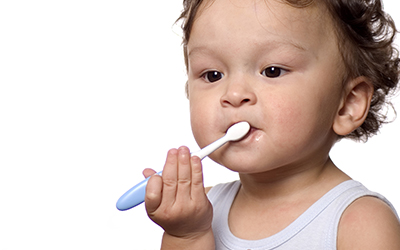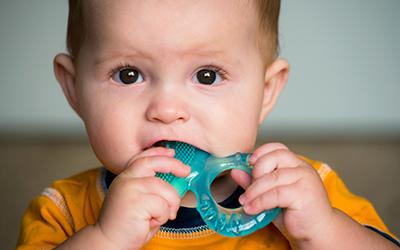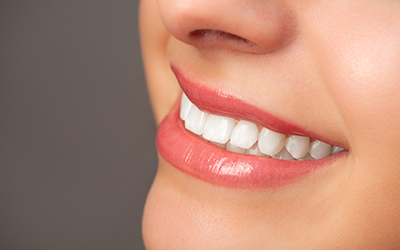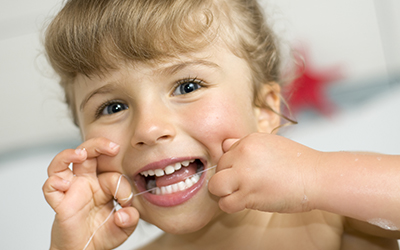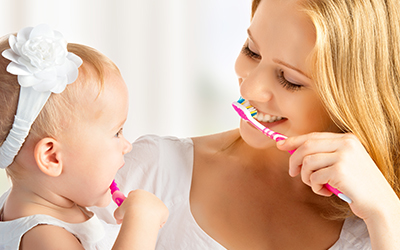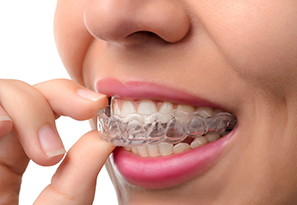Posted on Jun 12, 2017
(720) 638-6114
Mon & Fri: 8-2; Tue-Thurs: 9-5

What is toothpaste made of? part 2
A+ A- A Main Content
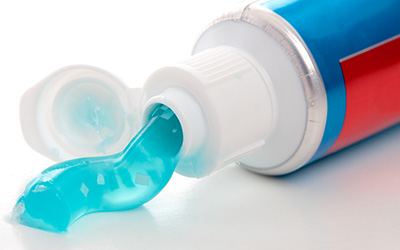
There are 5 main parts to a good tooth paste. Abrasives, Detergents, Fluoride, Humectant Systems and Flavoring. Flavoring is simple, it provides a taste that won't turn you off from brushing. But what about the others? Last month we covered abrasives and detergent. Let’s discuss fluoride and Humectant systems this month.
Fluorides were introduced in 1914 and is arguably the most important component to a healthy clean smile. So much so that cities have introduced it into water supplies to help keep cavities down across a large population. In 1950 the formula was boosted and resembles what we use today. It is this formula that has a strong reaction to protecting enamel and leaving your teeth clean and your mouth healthy. The ADA states, “Fluoride is actually incorporated into the enamel structure. If the enamel surface of a tooth is exposed to acid either ingested or produced by oral bacteria, the affected surface can absorb fluoride if present, thereby helping to reverse the process. This not only “remineralizes” the affected surface, but actually makes it stronger and more resistant to acid attack”
Humectant Systems- Say what now? Sounds confusing right? Well it is not. This is basically the cocktail of ingredients that make up the majority of toothpastes. It helps to retain moisture and has some binding ingredients as well. If your toothpaste didn't have these ingredients, it would dry up quickly and you would have to stir up your toothpaste before each use. Here are some common ingredients of a humectant system:
-
Humectants: glycerol, propylene glycol and sorbitol.
-
Binders: Carrageenan (seaweed gum), gum arabic (sap from the Acacia tree), sodium carboxymethylcellulose and magnesium aluminum silicate (both synthetics).
-
Preservatives for non-fluoride toothpastes: sodium benzoate, methyl paraben, ethyl paraben (gentle antimicrobial agents used as preservatives in foods, beverages and cosmetics).
Bet you never thought toothpaste could be so complicated. Makes you really want to thank colgate and crest. While you're at it, thank your dentist too! If you have any questions about brushing don't hesitate to give us a call at Little Rockies Pediatric Dentistry. Our number is (720) 638-6114. Next month we will suggest more games you can play with your child to enhance brushing.
Our Location
Hours:
Monday & Friday: 8:00 AM - 2:00 PM
Tues, Wed, Thurs: 9:00 AM - 5:00PM
Closed: Select Mondays and Fridays

